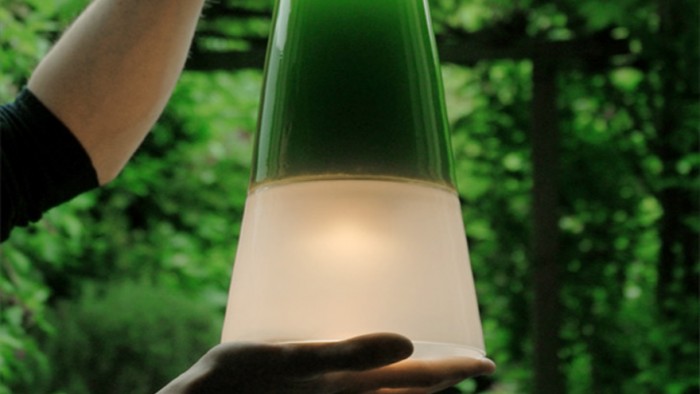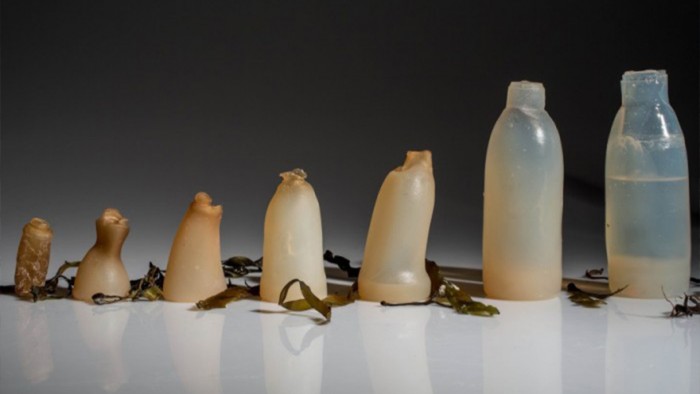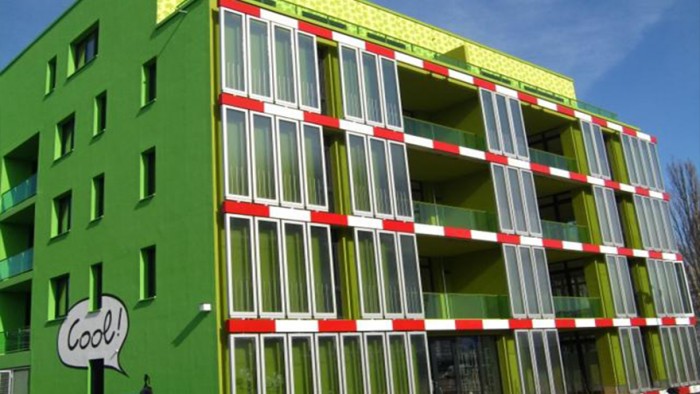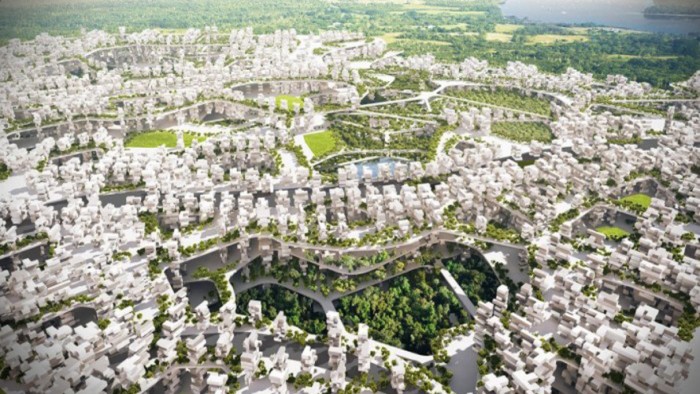Long before the world’s first fully algae powered car launched in 2009, algae was used to improve our daily lives in the form of fertilisers and even medicines. Found in nearly any moist and sunlit environment, algae are not just the pesky organisms that cover our dams and pools. Innovators from all over the world are using the resource to power lights, develop ingestible vitamins and even create biodegradable water bottles.
We count down six ways algae can be used to better our world:
Algae lights
Following a breakthrough at Yansei and Standford University, Mike Thompson created a light by utilising algae as a power source. The scientist was able to draw an electrical current from the algae to power the light. It requires sunlight, CO2 and water to survive. A battery that lasts up to three hours then stories the electricity for use at night.
Nutritional algae
Scientists in Israel have developed a supplement with enhanced Omega 3 properties. The supplements, called Lyc-O-Mega 10 AL, are 100 per cent vegan, unlike other similar fish based products. The Omega 3 supplements are also added to consumer products such as bread to reduce the need for additional dietary supplements.
Algae powered planes
The creators of the airbus have unveiled a “hybrid” aeroplane that runs partially on algae fuel. The plane runs partially on a 100 per cent algae bio-fuel mixture that is so high in energy that the plane is able to use up to 1.5 litres less fuel per hour. The creators say they would like the entire airbus fleet to run on ten per cent algae fuel by the year 2040.
Algae-based water bottles
Designed in response to the continued use of disposable, non-biodegradable water bottles, the Iceland Academy of Arts product design student Ari Jónsson created a biodegradable bottle made from algae. Jónsson used a powdered byproduct of algae called agar and combined it with water to form a jelly-like substance. The biodegradable bottle retains its shape while it is filled with water but slowly starts to decompose when it is empty.
Algae covered buildings
The world’s first algae covered building, the BIQ house, has a bio-adaptive algae façade. Designed by international architects, ARUP, the building harvests the warmth the algae produce during photosynthesis and converts it into energy.
Algae powered city
The self-proclaimed micronation of Liberland hopes to feature the world’s first algae-powered city. Proposed by interdisciplinary architectural studio Raw-NYC, the city will feature a number of features to ensure its sustainability. These features include solar panels, green roofs and algae-covered surfaces placed on the underside of buildings to produce green energy.










